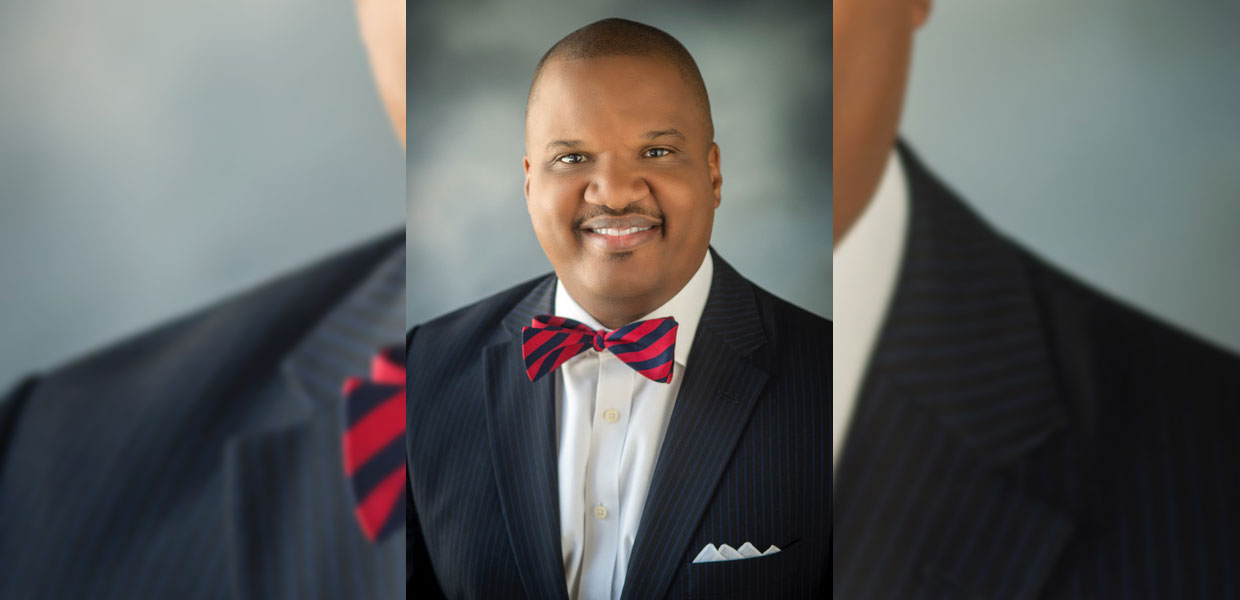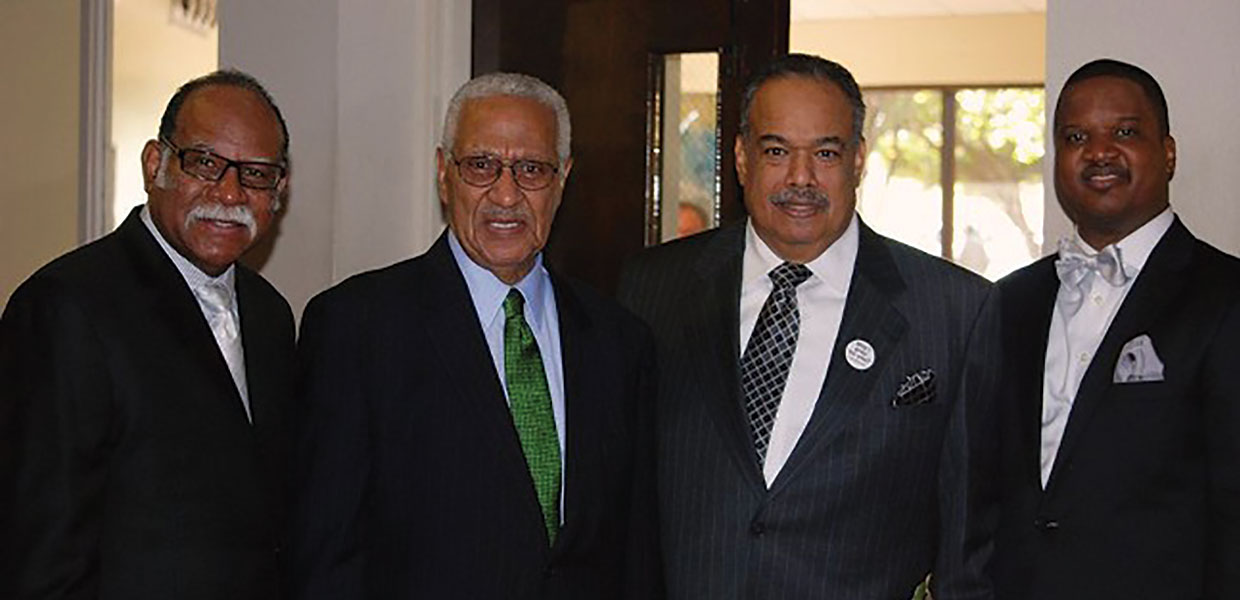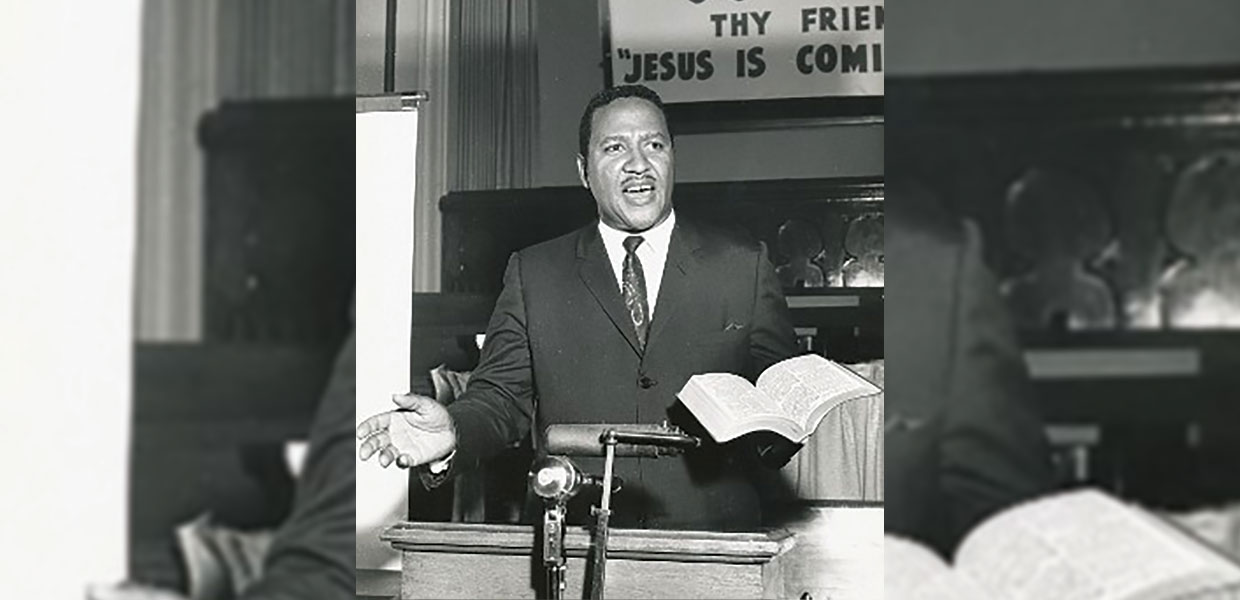


It was after the first series of riots in Southern California in the 1960s that the vision to develop a ministry to reach the Black community was born. Breath of Life emerged at a time when social frustration and unrest were at an all-time high. There was a lack of Black programming, coupled with the racially biased stereotypes presented by the television networks. Thus, a refreshing, religious television option to “fill the gap” came into being. Breath of Life was designed to service the needs of North America’s then largest minority — the Black community. It was born to bring a “Breath of Life” to people of color, the oppressed, disinherited, and disenfranchised.
Walter Arties, a gifted musician singing for Christian Talent Associates and appearing in Billy Graham crusades, as well as various religious programs in Los Angeles, California, joined KHOF, a religious radio and television station in Southern California. KHOF had developed an interest in Arties’ music ministry, and invited him to join the staff as well as represent the station in area concerts. When the opportunity presented itself, Arties spoke with the manager and suggested the development of an ethnic television program to reach the Black community in South Central Los Angeles. The manager thought it was a good idea and recommended a meeting with the production personnel in order to develop a pilot program.
Arties then sought the services of the late evangelist Samuel D. Meyers, to work with him. At the time, Meyers pastored the University Church in Los Angeles, which at that time was the largest Black Adventist church in California. Myers was an evangelist well known throughout North America, and able to immediately grasp the vision of “Breath of Life.” He wrote the sermon for the pilot program, and the pilot aired on KHOF, receiving many favorable responses.
The concept was then reviewed with local Adventist Church leaders, and it was evident that there was a need for a religious program to attract Black America. Revivals and tent efforts were being conducted, but the need to reach the masses via the television airwaves was apparent.
In 1973, Harold Calkins, president of the Southern California Conference, and the Executive Committee visited KHOF to view the pilot program at the invitation of Arties. The thought was if Breath of Life could be endorsed by the local conference, and recommended to the Pacific Union Conference, the General Conference would then be able to assist in developing and funding the overall concept.
After the pilot program aired on KHOF, Arties was invited to attend a communications advisory being held at Hinsdale Sanitarium. Once again, the pilot program was shown, and the advisory enthusiastically recommended the concept of Breath of Life to the World Church leaders of the Seventh-day Adventist Church. It was suggested at that time to request Charles D. Brooks, pastor, to serve as the speaker for the program. He had presence, was a successful pastor/evangelist and scholar, and had a good command of the teachings of the Adventist Church. Brooks accepted the position, and in 1974 the first programs went on the air.
During the early years of Brooks’ tenure as speaker/director, a quartet was organized to provide music for the program. This original quartet was composed of Walter Arties, first tenor, who also served as program producer/coordinator; Clyde Allen, second tenor and a contractor by trade, who used his various talents to oversee the mechanics of the stage and to operate the sound system; Shelton Kilby, baritone and gifted accompanist, who accepted the responsibility of directing the music; and James Kyle, M.D., who sang bass and also served as field services director for public relations and the Bible School. As time progressed, Reginald Robinson served as associate speaker/director to assist Brooks with preaching responsibilities.
During the 24-year period of Brooks’ leadership, 13 churches bearing the name “Breath of Life” were born, as well as several additional churches started. Most importantly, more than 11,000 persons were baptized into the Adventist Church.
In 1998, Walter L. Pearson Jr. became the speaker/director for Breath of Life, and continued the legacy begun by Arties and Brooks. Preaching the Word of God with power was characteristic of Pearson’s ministry at Breath of Life, inclusive of serving as the featured speaker for the North American Division’s Net 2004 initiative, which was entitled, “Experience the Power.” Uplinked to approximately 1,100 sites in North America, with another 1,000 in the Caribbean and tens of thousands around the globe, more than 4,000 individuals were baptized as a result of the Net 2004 campaign. During Pearson’s tenure, he was assisted by Malcolm Taylor, who served as associate speaker/director.
At the close of 2010, the mantle of leadership for Breath of Life was passed to Carlton P. Byrd, D.Min. Since the beginning of Byrd’s tenure as speaker/director, more than 20,000 souls have been baptized through Breath of Life’s evangelistic efforts, including the massive 2020 evangelistic campaign in Tanzania, Africa, where 16,806 individuals were baptized. Additionally, four new Breath of Life churches have been planted and started under Byrd’s leadership. Also, under Byrd’s leadership, Breath of Life, in collaboration with the Interfaith Broadcasting Commission and NBC and ABC Television respectively, has produced six national holiday television specials which have been aired nationally across the United States in 90% of NBC and ABC television affiliates.
In addition to his Breath of Life responsibilities, Byrd also serves as the senior pastor of the Oakwood University Church in Huntsville, Alabama, which is the largest Black Adventist church in the North American Division, and situated on the campus of Oakwood University. This special arrangement affords the Breath of Life Telecast to be “church-based,” as the weekly telecast is now produced within the framework of a local church setting akin to the national trend of church-based television ministry in the 21st Century urban religious programming.
Breath of Life started with the God- ordained dream of one individual, and, true to its name, it continues its tradition of providing “life” through passionate, powerful preaching rooted in evangelism. The outlook for Breath of Life is bright as it seeks to reach mass audiences of all ethnicities through evangelistic and religious media tailored to the urban context.
Visit the SouthernTidings.com website to view the Breath of Life video.
Southern Union | June 2021



Comments are closed.